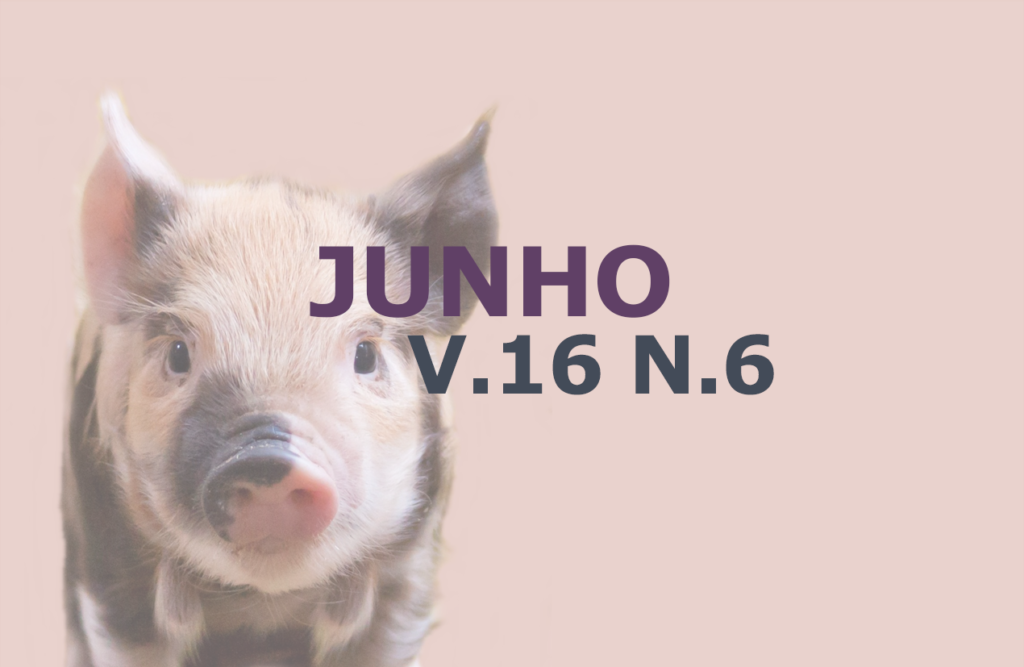SARA (Subacute Ruminal Acidosis) its characterization and consequences in cattle: Review
DOI:
https://doi.org/https://doi.org/10.31533/pubvet.v16n06a1135.1-11Keywords:
Ruminal acidosis, fatty acids, liver, laminitis, pHAbstract
The presence of subacute ruminal acidosis (SARA) in cattle herds, especially in dairy producers, has a direct consequence on health, animal welfare, reduction in immune mediation and profitability of the sector. SARA can be characterized as a clinical condition resulting from ruminal fermentation. For high production animals, the diets are balanced with high levels of grains, rich in carbohydrates. Thus, the degradation of these carbohydrates in the rumen increases the levels of short-chain volatile fatty acids and lactic acid. This process leads to a reduction in ruminal pH, below 5.8 and, consequently, a generalized disturbance in this compartment. In addition to these rumen disturbances, SARA can reduce the apparent digestibility of nutrients in the intestinal compartment. Still, SARA can cause other changes in the rumen epithelium and reticulum and, as a consequence, abscesses in related organs such as intestines, liver, heart and lungs. Ultimately, these complex clinical injuries will lead to the appearance of laminitis.
Downloads
Published
Issue
Section
License
Copyright (c) 2022 Tatiane Rogélio Ramos, Rodolpho Martin do Prado, Mariana Garcia Ornaghi, Osmair Flávio Stuani, Giovana Pereira Penha, Ivanor Nunes do Prado

This work is licensed under a Creative Commons Attribution 4.0 International License.
Você tem o direito de:
Compartilhar — copiar e redistribuir o material em qualquer suporte ou formato
Adaptar — remixar, transformar, e criar a partir do material para qualquer fim, mesmo que comercial.
O licenciante não pode revogar estes direitos desde que você respeite os termos da licença. De acordo com os termos seguintes:
Atribuição
— Você deve dar o crédito apropriado, prover um link para a licença e indicar se mudanças foram feitas. Você deve fazê-lo em qualquer circunstância razoável, mas de nenhuma maneira que sugira que o licenciante apoia você ou o seu uso. Sem restrições adicionais
— Você não pode aplicar termos jurídicos ou medidas de caráter tecnológico que restrinjam legalmente outros de fazerem algo que a licença permita.





